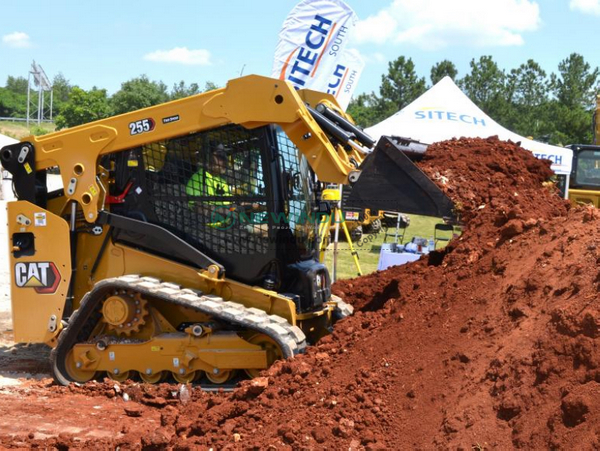In daily life and industrial production, machinery and equipment as an important force to promote the operation of society, its stable operation is directly related to production efficiency and safety. However, sudden natural disasters such as rainstorms and floods often bring unexpected accidents such as water inflow to machines and equipment, seriously affecting their normal functions and even causing damage. To this end, we specially sort out a set of efficient and scientific emergency treatment strategies to help users quickly deal with the water problems of the machine, reduce losses, and resume production.
1. Power off and shut down immediately
In the face of the emergency of water entering the machine, the primary task is to ensure the safety of personnel, and quickly cut off the power supply to prevent the current from passing through the wet parts to cause short-circuit, electric shock and other dangerous accidents. This step is not only the key to protect the equipment from further damage, but also a necessary measure to ensure the life safety of the operator. After the storm, the first thing to do before resuming work is to completely shut down the power and shutdown operation.
2. Comprehensive cleaning and careful inspection
In the case of ensuring that the power supply has been cut off, the next need to carry out a comprehensive cleaning of the machine and equipment. Use appropriate tools and methods to thoroughly remove the sludge and dirt on the surface and inside the equipment to reduce water residue. At the same time, when conditions permit, the equipment should be carefully inspected to assess the degree of damage caused by water inflow, and timely repair measures should be taken. This process is crucial for the subsequent recovery of the normal operation of the device.
3, Old oil new, to ensure the health of the lubrication system
For mechanical equipment that needs lubricating oil, the performance of lubricating oil will be greatly reduced after water entry, and may even be mixed with impurities, causing secondary damage to the equipment. Therefore, when the water intake is large, it is recommended to extract all the old lubricating oil and replace it with a new pure lubricating oil to ensure the healthy operation of the lubrication system. For smaller intakes, advanced dewatering and filtration services, such as those provided by Shell, can be considered to purify lubricating oil, reduce waste, reduce oil change costs, and reduce waste oil emissions, achieving both environmental and economic benefits.
4. Light load test run to verify the recovery effect
After completing a series of operations such as cleaning, inspection and oil change, a light load test run is required to verify the recovery effect of the equipment. By starting and switching on the power supply, the equipment can run for a period of time under low load to observe whether the oil supply system is normal, whether the sealing of each component is good, and whether the operation is stable and can meet the production standards. This step is a key link to ensure the safe and reliable operation of the equipment, and only after confirming that everything is normal, it can be officially put into production.
In summary, in the face of sudden accidents such as machine flooding, it is of great significance to adopt scientific and efficient emergency treatment strategies for reducing losses and restoring production. I hope the above suggestions can provide useful reference and help for the majority of users.







